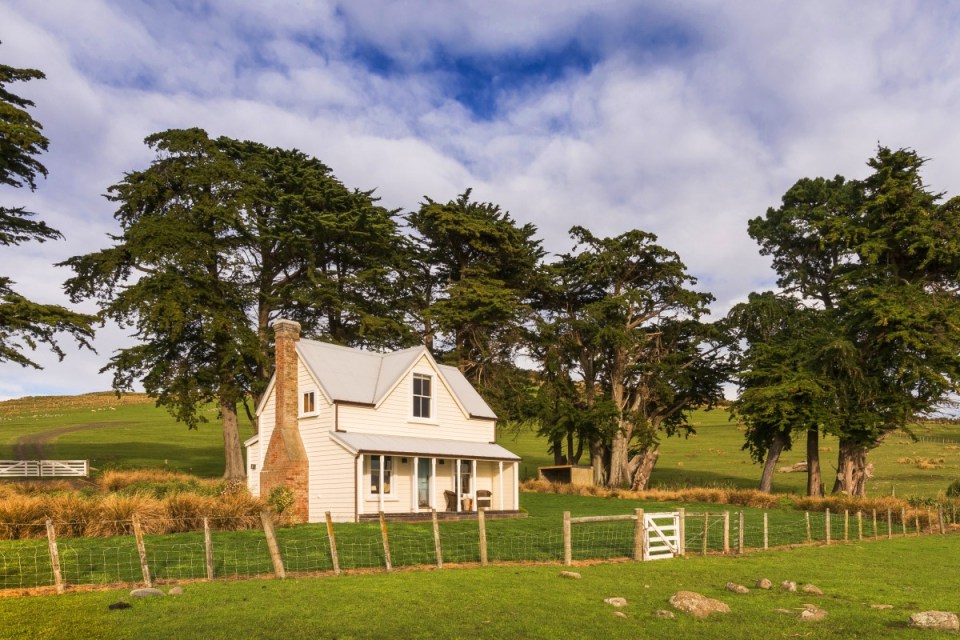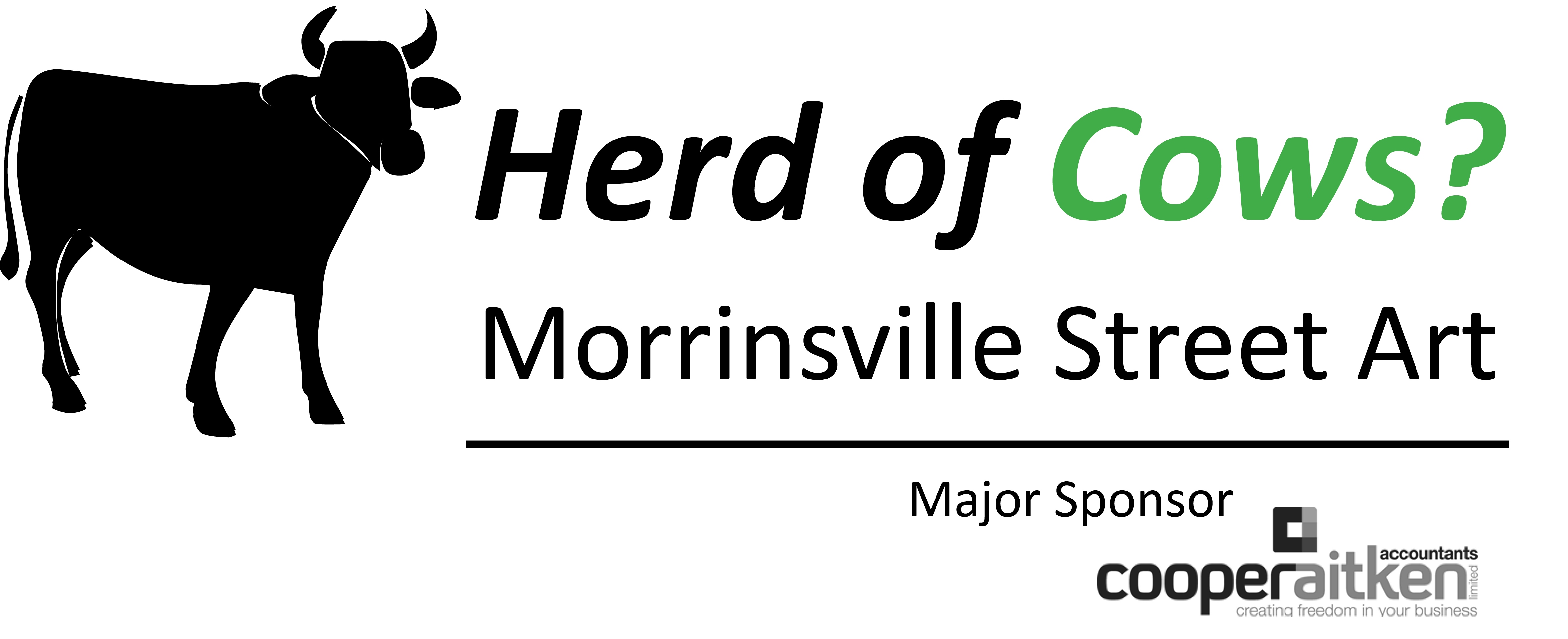The Commissioner of Inland Revenue has recently announced changes to the deductibility of farm house expenditure for farmers. For the majority of our clients there will only be a change in the default percentage that can be claimed from 25% to 20%. However for a small group where the value of the farmhouse is greater than 20% of the value of the farm the change will be much more significant.
Type 1 vs. Type 2
The approach that has been developed by the Commissioner distinguishes between a Type 1 and Type 2 farm based on value of the farm house compared to the value of the farm.
In summary:
- farming businesses where the value of the farmhouse (including curtilage and improvements) is 20% or less of the total value of the farm are Type 1 farms; and
- farming businesses where the value of the farmhouse (including curtilage and improvements) is more than 20% of the total value of the farm are Type 2 farms.
To determine the value of the farmhouse (including curtilage and improvements) and farm the Commissioner will accept a formal valuation or a reasonable estimate of the values of the farmhouse (including curtilage and improvements) and farm. To reduce compliance costs, the respective original costs of the farmhouse and farm may also be used to determine whether the farm is a Type 1 or Type 2 farm.
The term “curtilage” refers to the land surrounding the farmhouse that is used primarily for private purposes. The curtilage may be fenced (like a backyard) or not. If the curtilage is not fenced, the Commissioner will accept a reasonable estimate of the curtilage area and its value. Improvements would include things such as swimming pools, tennis courts and sheds used privately.
Deductions for a Type 1 farm
Farmers who live in the farmhouse on Type 1 farms may determine whether expenses are deductible based on assessment of the relationship Statement. However, the Commissioner will also accept that 20% of the farmhouse is used for business purposes without any supporting evidence. As a result, such farmers can claim 20% of all farmhouse expenses as deductible business expenses. This covers the expenses that were previously being claimed at the rate of 25%, expenses such as electricity, insurance and repairs and maintenance. In addition you may now only claim 50% of the cost of their telephone and internet charges down from 75% previously, unless you can justify that the percentage should be higher.
Type 1 farmers may continue to claim 100% of the interest costs relating to the farmhouse and 100% of rates.
Deductions for a Type 2 farm
Farmers who live in the farmhouse on Type 2 farms must determine whether expenses are deductible under the general permission and general limitations as set out in this Interpretation Statement.
For farmers operating Type 2 farms, there is no minimum percentage of the farmhouse that the Commissioner will accept as being for business purposes. Farmers operating Type 2 farms may only claim deductions for expenses, including interest and rates, relating to the actual business use of the farmhouse. There is also the same limit of 50% of the cost of their telephone and internet charges down from 75% previously, unless you can justify that the percentage should be higher.
Calculating actual use
When apportioning expenses between the business and private use of the farmhouse, Type 2 farmers must undertake a “home office” calculation like any other taxpayer who carries on their business from home. This calculation must be based on the actual use of the farmhouse (for example, on a time and space basis), regardless of whether there is a dedicated home office or different parts of the house are used in the business.
The following is an adapted example of how to calculate the “home office claim” in the situation of a non-dedicated office.
“The farmhouse does not have a home office. Instead, the taxpayer holds business meetings at the kitchen table and manages the farm accounts from the family computer in the dining room. In addition, they sometimes prepares lunches for business visitors in the farmhouse kitchen. The partnership can claim deductions for the business proportion of expenses relating to the farmhouse.
The partnership’s telephone bill lists the toll calls made each month and can only claim a deduction for the calls made for business purposes. For the fixed telephone charges, there is a claim for 50% of the fixed telephone charges unless they can show that the actual business use of the telephone is greater than 50%.
The floor area of the house is 150m2. Together, the dining room and kitchen make up 40m2 in total, or 27% of the floor area of the farmhouse. They calculate, on a fair and reasonable basis, that these rooms are used for the farm business for 20% of the time. This means that the business use of the farmhouse is 5.4%.”
Practical application
Where you are preparing your own GST return we recommend that the percentage change is made for your next return, this might require some changes to any auto coding. However as the amounts are likely to be immaterial any adjustments required will be made upon preparation of your year-end accounts.
If you have any questions, would like us to review your assessment of Type 1 vs Type 2, or assistance in changing any auto coding please contact your usual CooperAitken contact.




